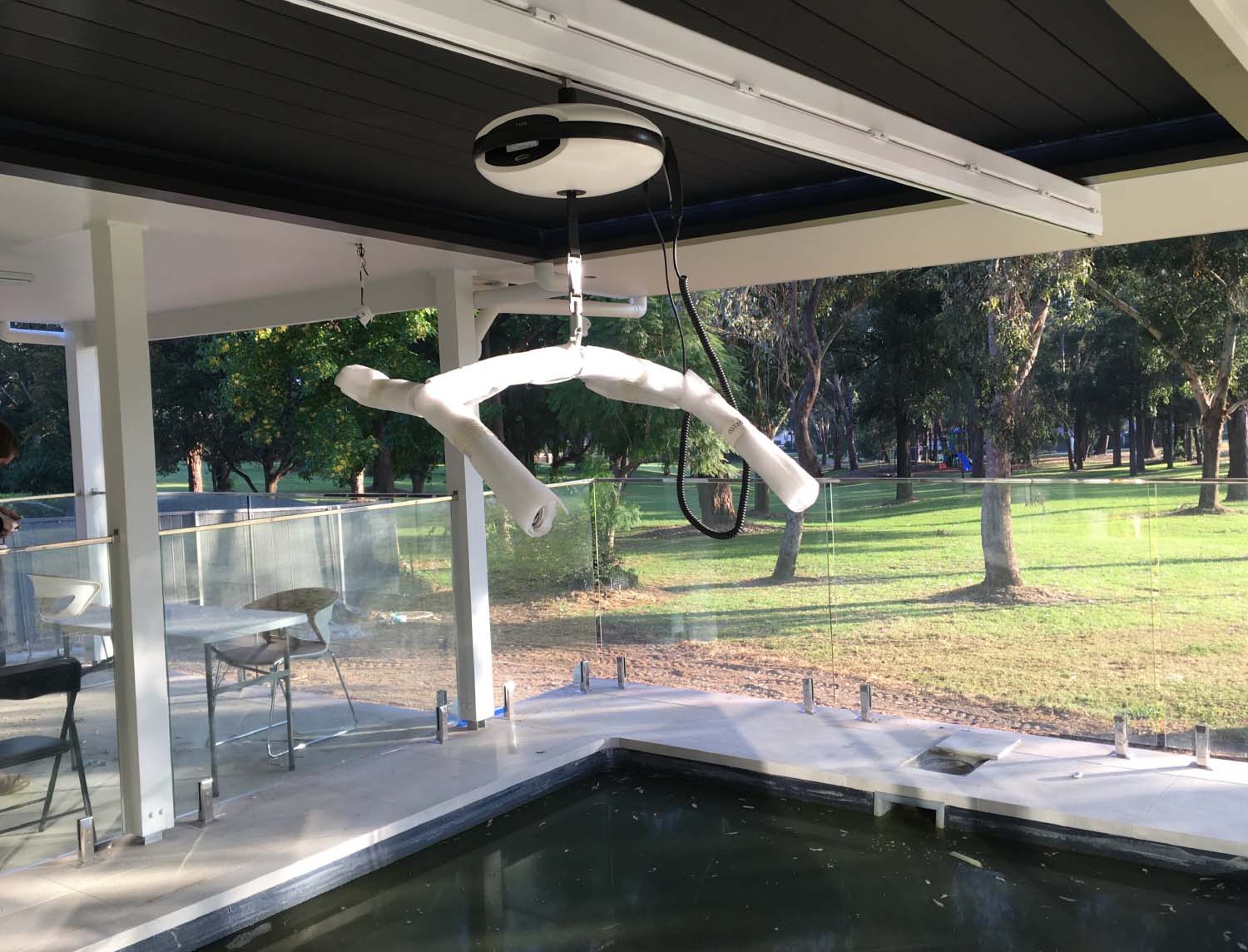Healthcare and personal aid are continually evolving, with new technologies and innovations aimed at improving the quality of life for those with mobility challenges. Among these advancements, the ceiling hoist system stands out as a game-changer for individuals with mobility issues and their caregivers. This article delves into how ceiling hoists are revolutionising care and support, offering newfound independence and ease for both parties involved.
Understanding Ceiling Hoists
A ceiling hoist is a mechanical system installed on the ceiling, designed to lift and move individuals with mobility impairments. It typically comprises a track system mounted on the ceiling, a motorised unit, and a sling or harness to securely hold the person. This setup allows for smooth and safe transfer of individuals from one place to another, such as from a bed to a wheelchair or a bathing area.
Enhancing Mobility and Independence
For individuals with mobility issues, ceiling hoists are more than just a lifting device; they are a pathway to independence. These systems empower them to move more freely within their own space, reducing the reliance on caregivers for basic activities. This increased autonomy can significantly improve mental well-being, as it restores a sense of control and dignity in their daily lives.
Reducing Physical Strain for Caregivers
One of the biggest challenges for caregivers, whether professional health workers or family members, is the physical demand of lifting and moving someone with mobility impairments. Ceiling hoists alleviate this burden by taking on the weight and effort required in transfers. This reduction in physical strain not only helps prevent injuries and fatigue in caregivers but also allows them to focus more on providing quality care and support.
Improving Safety and Comfort
Safety is a paramount concern in the care of individuals with mobility problems. Ceiling hoists minimise the risk of falls and accidents during transfers, providing a secure and stable means of movement. This safety aspect is crucial not just for the individual being lifted but also for the caregiver, as it reduces the likelihood of mishaps that can occur with manual handling. Moreover, the gentle and smooth operation of these systems ensures a comfortable experience for the user, making transfers less intimidating and more dignified.
Versatility and Customisation
Ceiling hoists are designed to cater to a wide range of needs and environments. They can be installed in private homes, hospitals, and care facilities, with configurations tailored to specific spaces and requirements. This versatility means that ceiling hoists can benefit a diverse group of individuals, from those with temporary mobility issues to those with long-term disabilities. Additionally, the slings and harnesses used in these systems come in various sizes and designs, ensuring a comfortable and appropriate fit for different body types and conditions.
Economic and Social Benefits
Investing in a ceiling hoist system also has economic implications. By reducing the physical strain on caregivers, these systems can decrease the need for frequent professional assistance, leading to potential savings in long-term care costs. Socially, ceiling hoists contribute to a more inclusive environment, allowing individuals with mobility issues to participate more actively in family and community life.
Finally,ceiling hoists are not just a technological advancement; they are a means to enhance the quality of life for individuals with mobility challenges and their caregivers. By offering safety, comfort, independence, and ease of use, these systems are reshaping the landscape of care.
